The Castoriadis-Pannekoek Exchange (1953 - 1954): First letter
The two theorists, following different trajectories, reached a common conclusion: that the real content of socialism is the complete control of labour by the workers themselves.
Letter 1: Pannekoek to Castoriadis
I offer you many thanks for the series of eleven issues of Socialisme ou Barbarie that you gave to comrade B… to give to me. I read them (though I haven’t yet finished) with great interest, because of the great agreement between us that they reveal. You probably remarked the same thing when reading my book Les Conseils ouvriers. For many years it seemed to me that the small number of socialists who expounded these ideas hadn’t grown; the book was ignored and was met with silence by almost the entire socialist press (except, recently, in the Socialist Leader of the ILP). So I was happy to get to know a group that had arrived at the same ideas through an independent route. The complete domination by workers of their labor, which you express by saying: “The producers themselves organize the management of production,” I described in the chapters on “the organization of workshops” and “social organization.” The organisms the workers need for deliberations, formed of assemblies of delegates that you call “soviet organisms,” are the same as those that we call “conseils ouvriers,” “arbeitrrate,” “workers councils.”
Certainly there are differences. I will deal with them, considering this as an essay in contribution to the discussion in your review. While you restrict the activity of these organisms to the organization of labor in factories after the taking of social power by the workers, we consider them as also being the organisms by means of which the workers will conquer this power. In the conquest of power we have no interest in a “revolutionary party” that will take the leadership of the proletarian revolution. This “revolutionary party” is a Trotskyist concept that (since 1930) has found adherents among many former partisans of the Communist Party who have been disappointed by the practice of the latter. Our opposition and criticism go back to the first years of the Russian Revolution, and were directed at Lenin and were caused by his turn towards political opportunism. We have remained outside the Trotskyist road: we have never been under his influence. We consider Trotsky the most able spokesman for Bolshevism, and he should have been Lenin’s successor. But after having recognized in Russia a nascent capitalism, our attention was principally on the western world of big capital where the workers will have to transform the most highly developed capitalism into real communism (in the literal sense of the word). By his revolutionary fervor Trotsky captivated all the dissidents that Stalinism had thrown out of the Communist Parties, and in inoculating them with the Bolshevik virus it rendered them almost incapable of understanding the great new tasks of the proletarian revolution.
Because the Russian Revolution and its ideas still have such a strong influence over people’s spirits, it’s necessary to more profoundly penetrate its fundamental character. In a few words, it was the last bourgeois revolution, though carried out by the working class. “Bourgeois revolution” signifies a revolution that destroys feudalism and opens the way to industrialization, with all the social consequences this implies. The Russian Revolution is thus in the direct line of the English Revolution of 1647, and the French Revolution of 1789, as well as those that followed in 1830, 1848 and 1871. During the course of these revolutions the artisans, the peasants and the workers furnished the massive strength needed to destroy the ancien régime. Afterwards, the committees and political parties of the men representing the rich strata that constituted the future dominant class came to the forefront and took control of governmental power. This was a natural result, since the working class was not yet mature enough to govern itself. In this new class society, where the workers were exploited, such a dominant class needs a government composed of a minority of functionaries and politicians. In a more recent era, the Russian Revolution seemed to be a proletarian revolution, the workers having been its authors through their strikes and mass actions. Nevertheless, the Bolshevik Party, little by little, later succeeded in appropriating power (the laboring class being a small minority among the peasant population). Thus the bourgeois character (in the largest sense of the term) of the Russian Revolution became dominant and took the form of state capitalism. Since then, due to its ideological and spiritual influence in the world, the Russian Revolution has become the exact opposite of a proletarian revolution that liberates the workers and renders them masters of the productive apparatus.
For us the glorious tradition of the Russian Revolution consists in the fact that in its first explosions, in 1905 and 1917, it was the first to develop and show to the workers of the whole world the organizational form of their autonomous revolutionary action: the soviets. From that experience, confirmed later on, on a smaller scale in Germany, we drew our ideas on the forms of mass action that are proper to the working class, and that it should apply in order to obtain its own liberation.
Precisely opposed to this are the traditions, the ideas, and the methods that come from the Russian Revolution when the Communist Party takes power. These ideas, which only serve as obstacles to correct proletarian action, constituted the essence and the basis of Trotsky’s propaganda.
Our conclusion is that the forms of organization of autonomous power, expressed by the terms “soviets” or “workers councils” must serve as much in the conquest of power as in the direction of productive labor after this conquest. In the first place this is because the power of the workers over society cannot be obtained in any other way, for example by what is called a revolutionary party; in the second place, because these soviets, which will later be necessary for production, can only be formed through the class struggle for power.
It seems to me that in this concept the “knot of contradictions” of the problem of “revolutionary leadership” disappears. For the source of contradictions is the impossibility of harmonizing the power and the freedom of a class governing its own destiny, with the requirement that it obey a leadership formed by a small group or party. But can such a requirement be maintained? It clearly contradicts the most quoted idea of Marx’s, i.e., that the liberation of the workers will be the task of the workers themselves. What is more, the proletarian revolution can’t be compared to a simple rebellion or a military campaign led by a central command, nor even to a period of struggle similar, for example, to the great French revolution, which itself was nothing but an episode in the bourgeois ascension to power. The proletarian revolution is much more vast and profound; it is the accession of the mass of the people to the consciousness of their existence and their character. It will not be a simple convulsion; it will form the content of an entire period in the history of humanity, during which the working class will have to discover and realize its own faculties and potential, as will as its own goals and means of struggle. I attempted to elaborate on certain aspects of this revolution in my book Les Conseils Ouvriers in the chapter entitled “The Workers’ Revolution.” Of course, all of this only provides an abstract schema that can be used to bring to the forefront the diverse forces in action and their relations.
It’s possible that you will now ask: Within the framework of this orientation what purpose does a party or a group serve, and what are its tasks? We can be sure that our group won’t succeed in commanding the working masses in their revolutionary action: besides us there are a half-dozen or more groups or parties who call themselves revolutionary, but who all differ in their programs and ideas, and compared to the great Socialist Party, these are nothing but Lilliputians. Within the framework of the discussion in issue number 10 of your review it was correctly asserted that our task is essentially theoretical: to find and indicate, through study and discussion, the best path of action for the working class. Nevertheless, the education based on this should not be intended solely for members of a group or party, but the masses of the working class. It will be up to them to decide the best way to act in their factory meetings and their Councils. But in order for them to decide in the best way possible they must be enlightened by well-considered advice coming from the greatest number of people possible. Consequently, a group that proclaims that the autonomous action of the working class is the principal form of the socialist revolution will consider that its primary task is to go talk to the workers, for example by means of popular tracts that will clarify the ideas of the workers by explaining the important changes in society, and the need for the workers to lead themselves in all their actions, including in future productive labor.
Here you have some of the reflections raised by the reading of the very interesting discussions published in your review. In addition, I’d like to say how satisfied I was by the articles on “The American worker,” which clarifies a large part of the enigmatic problem of that working class without socialism, and the instructive article on the working class in East Germany. I hope that your group will have the chance to publish more issues of its review.
You will excuse me for having written this letter in English; it’s difficult for me to express myself satisfactorily in French.
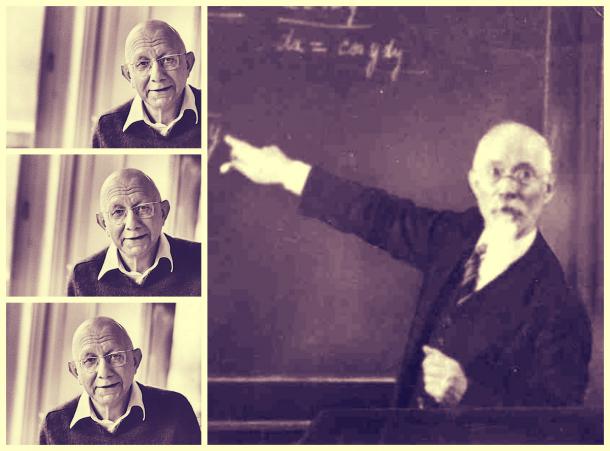
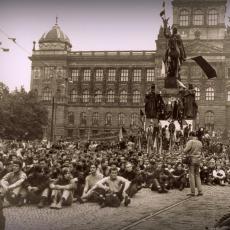
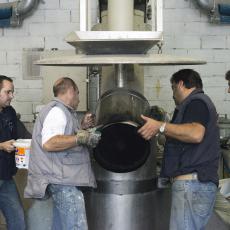
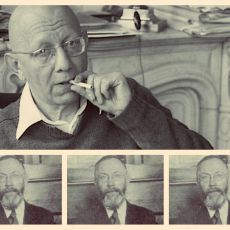
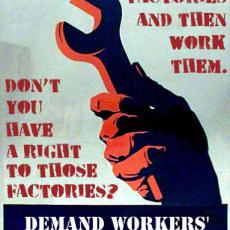
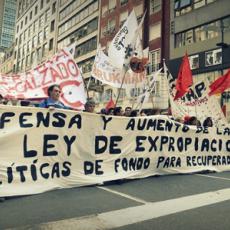
Comments
Post new comment